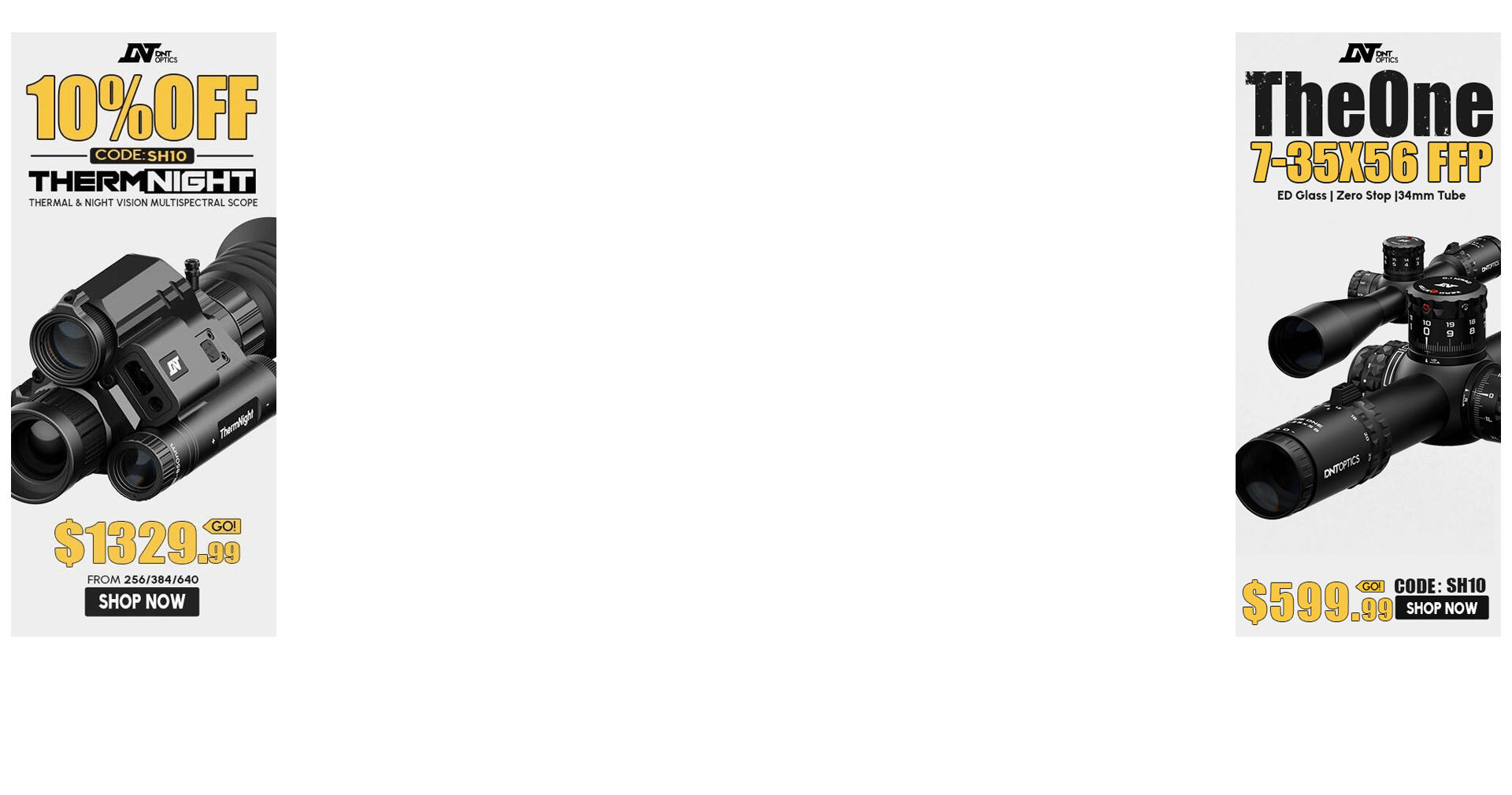I’ve been reading about truing velocity vs BC, and it looks like at least some people true for velocity at closer range (eg 500 yards) and true for BC at longer range (eg 800 or 1000 yards). I’m thinking of trying this method, and I see how to true for velocity in BallisticsARC using the tool where you just tell it the difference in mils. But I don’t see such a tool for truing BC. Am I missing it, or does everyone just enter custom bullet data to true BC manually? To adjust manually, is there math for figuring out the BC or the difference in BC from the number of Mils, or is it a trial and error data entry to look for a match? If trial and error, do you raise the BC for high point of impact and lower it for low POI? Does a kestrel have more truing options?
Last edited:

